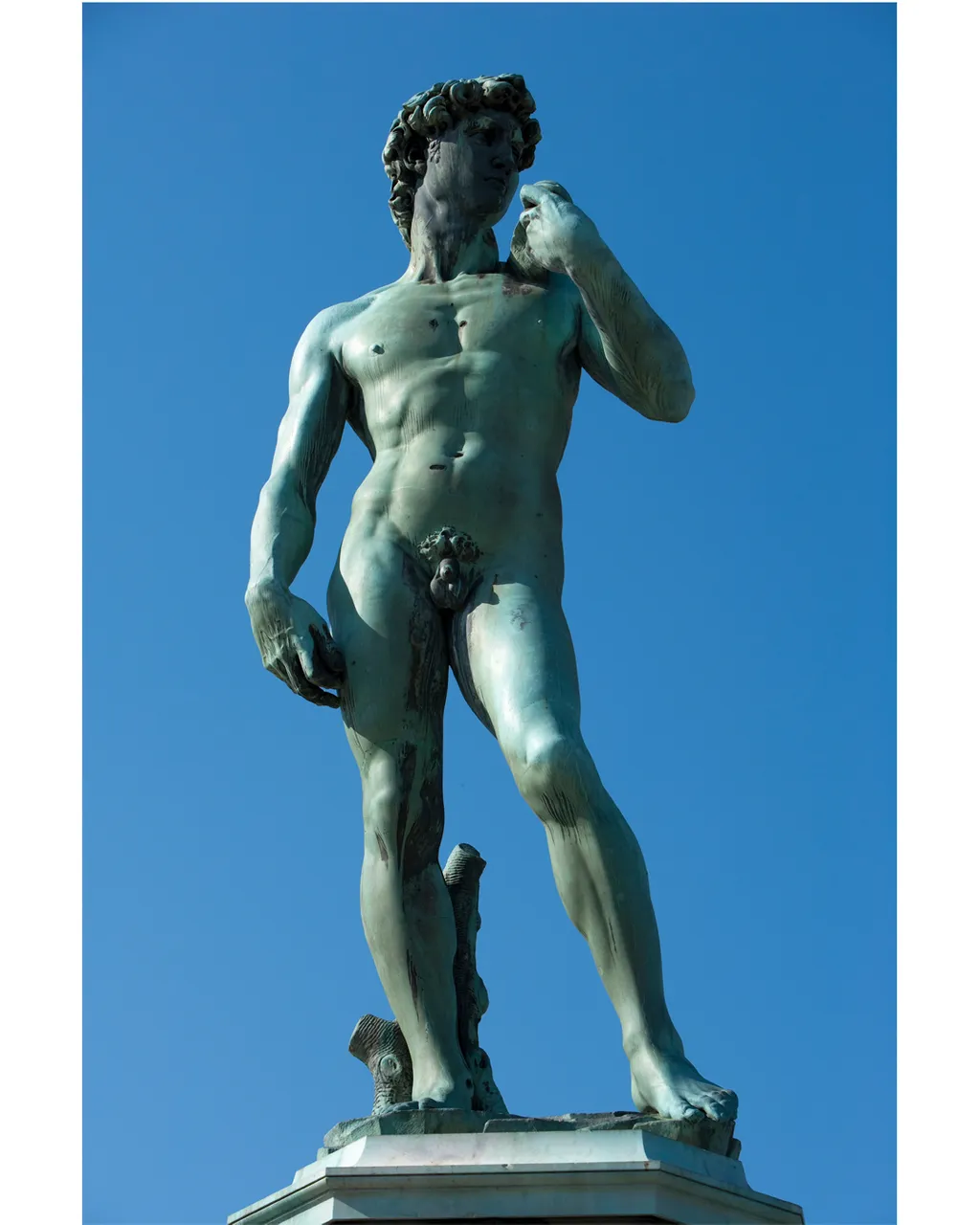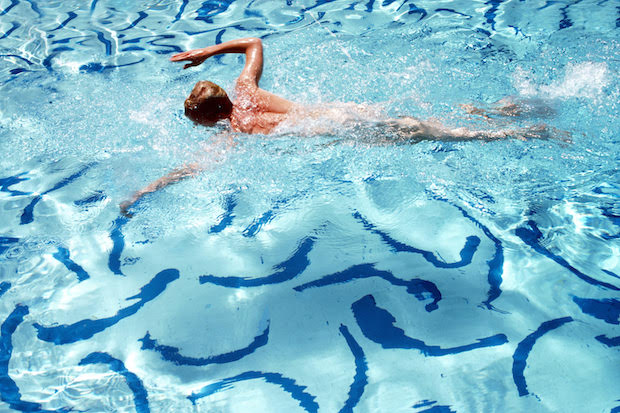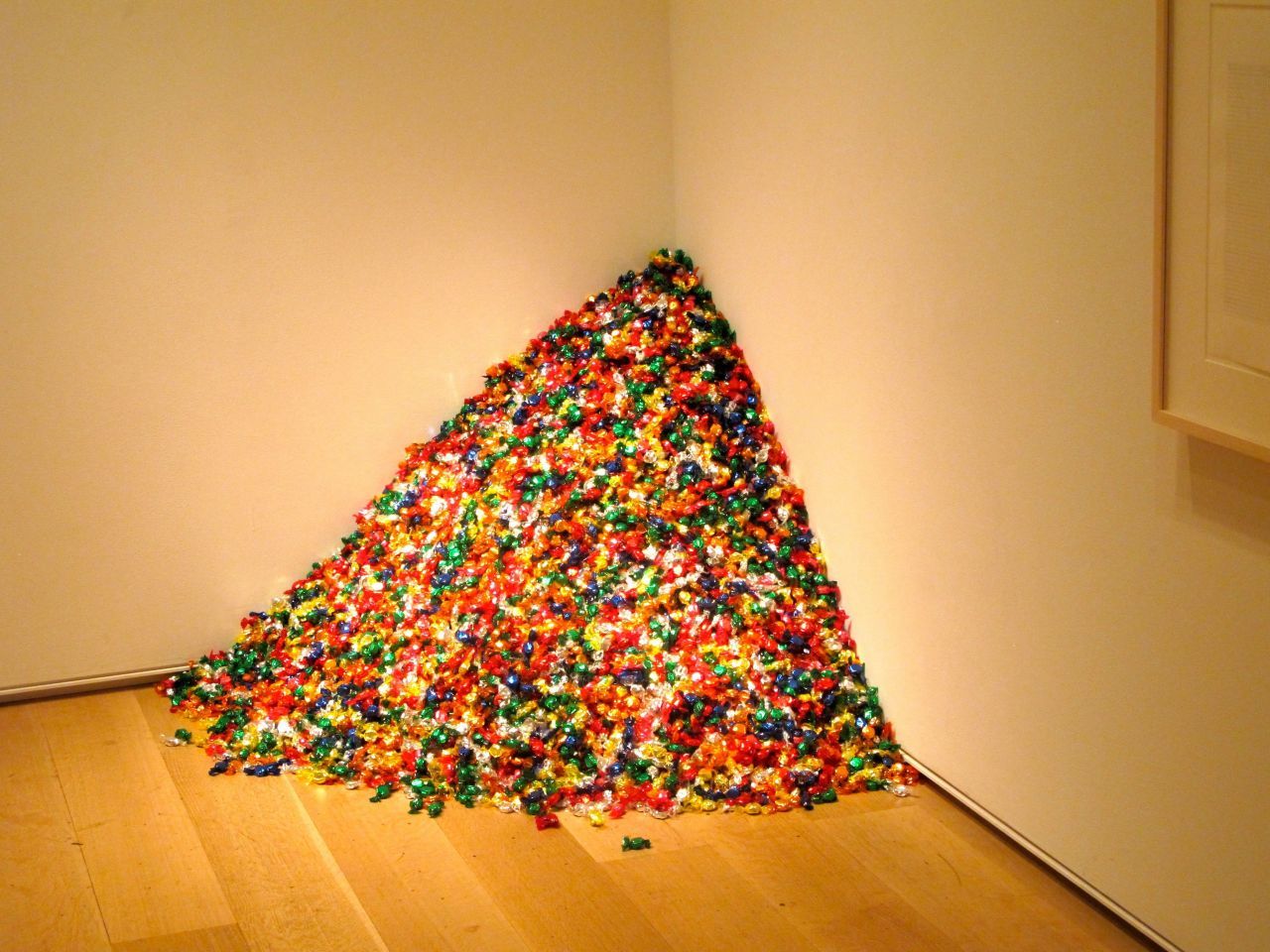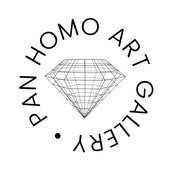
PHAG 4 - Gay Art in Protest
Being this first gay art gallery in Israel we are not detached from current events, including protests against the criminal judicial reform, which would turn Israel into a dictatorship.
Gay art has always been an integral part of the LGBTQ+ movement, serving as a means of protest and a tool for social change. For centuries, art has been used as a vehicle for political and social commentary, and the LGBTQ+ community has been no exception. From ancient Greece to modern times, gay artists have used their work to express their identities and advocate for their rights.
One of the most famous examples of gay art as protest is Michelangelo's David. The statue, which depicts a male nude, was originally commissioned as a symbol of Florence's military strength but has since become a symbol of the LGBTQ+ community's fight for acceptance and equality. David's nudity has been interpreted as a celebration of the male form, and when taking under consideration the sexual ambiguity of the character of David in the bible, and the fact that Florence was at the time a hub for homosexuals from all over Europe, it queerly expresses here more than just male figure admiration.
David by Michelangelo
Similarly, the work of Egon Schiele, an Austrian artist who lived in the early 20th century, has been used as a form of protest against societal norms. Schiele's paintings and drawings often featured male nudes and homoerotic imagery, which were considered scandalous at the time. His work challenged traditional gender roles and pushed back against the idea that homosexuality was abnormal or deviant.

Self-Portrait in Crouching Position by Egon Schiele, c. 1913.
In the mid-20th century, artists like Robert Mapplethorpe and David Wojnarowicz continued to use their work as a form of protest. Mapplethorpe's photographs of male nudes and BDSM scenes were seen as controversial and were the subject of a high-profile censorship trial in the United States. Wojnarowicz, who was also a writer and filmmaker, used his work to address issues like homophobia, AIDS, and political oppression.

Andreas Sterzing, David Wojnarowicz (Silence = Death), New York 1989Courtesy der Künstler / the artist, the Estate of David Wojnarowicz und / and P·P·O·W Gallery, New York
In recent years, the use of gay art as protest has continued to evolve. The artist David Hockney, for example, has created works that celebrate same-sex love and challenge the notion that LGBTQ+ relationships are less valid than heterosexual ones. Hockney's vibrant paintings and drawings have become iconic symbols of the LGBTQ+ community's struggle for acceptance and equality.
 Hockney Swimmer (1978), Michael Childers. © Michael Childers
Hockney Swimmer (1978), Michael Childers. © Michael Childers
“Aesthetics are not about politics; they are politics themselves. And this is how the ‘political’ can be best utilized since it appears so ‘natural.’ The most successful of all political moves are ones that don’t appear to be ‘political.’”

‘Untitled (Portrait of Ross in L.A.)’ by Félix González-Torres. Photo: henskechristine
Israeli gay art is also often used as a form of protest. Moshe Gershuni was one of the most influential contemporary gay artists in Israel. He is best known for portraying homoeroticism through the imagery of soldiers and flowers. 
Zohar Kaniel & Moshe Gershuni in "Fade From My TV Screen" 1999
In 2018, the LGBTQ+ community in Israel held a protest against a discriminatory surrogacy law that excluded same-sex couples. The protest was also led by LGBTQ+ artists like Michael Golian, who used their art to express their anger and frustration at the government's policies, and printed this image on a group of T-shirts, which him and his friends wore during the protest

Michael Golian "Gay Daddies" 2018/2022
In conclusion, gay art has always played an important role in political movements, serving as a form of protest and a tool for social change. We can only hope that these troubling times Israel is going through will pass and we will remain with fantastic gay protest art.
Support gay and queer artists and order your artwork today 🏳️🌈




